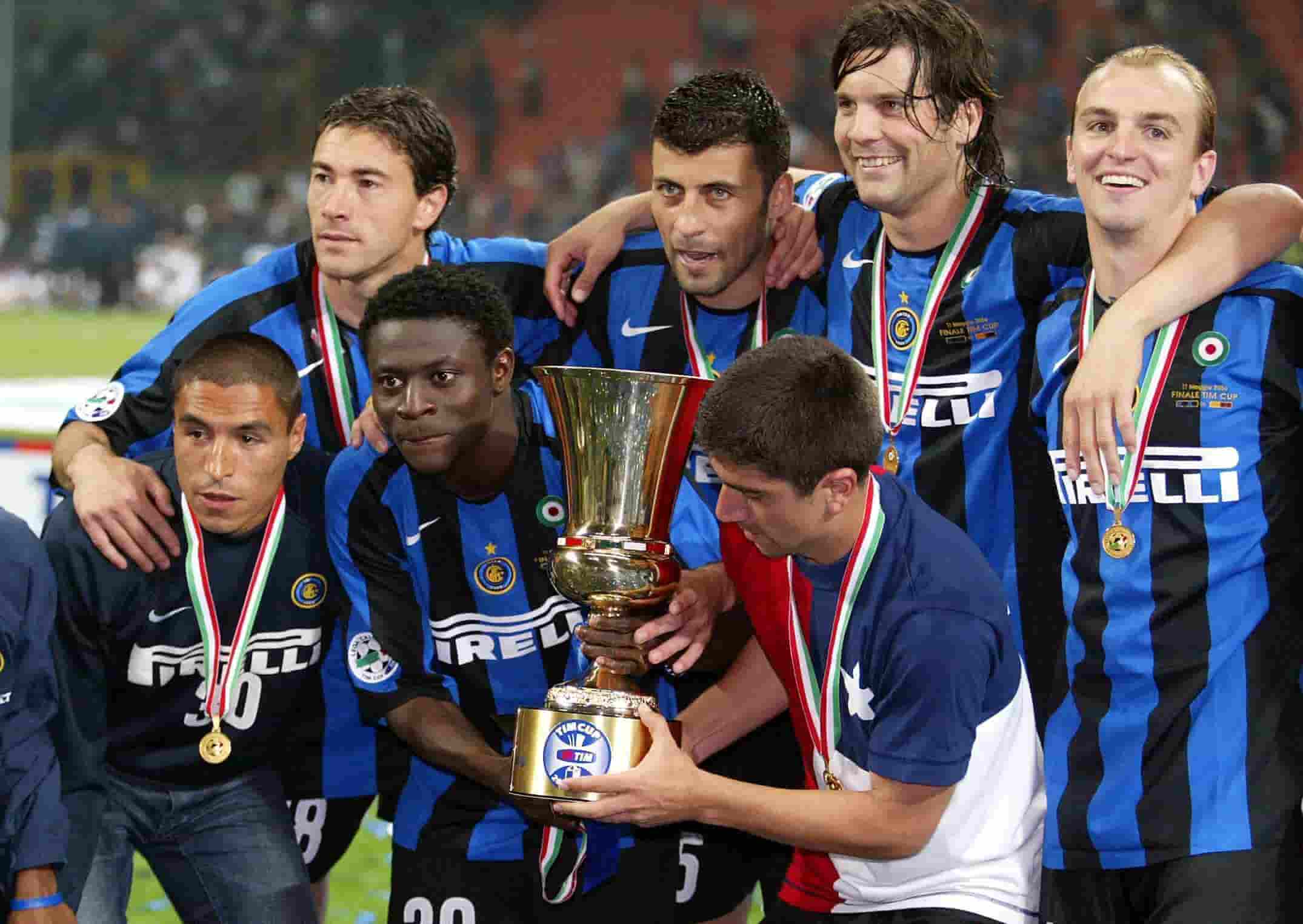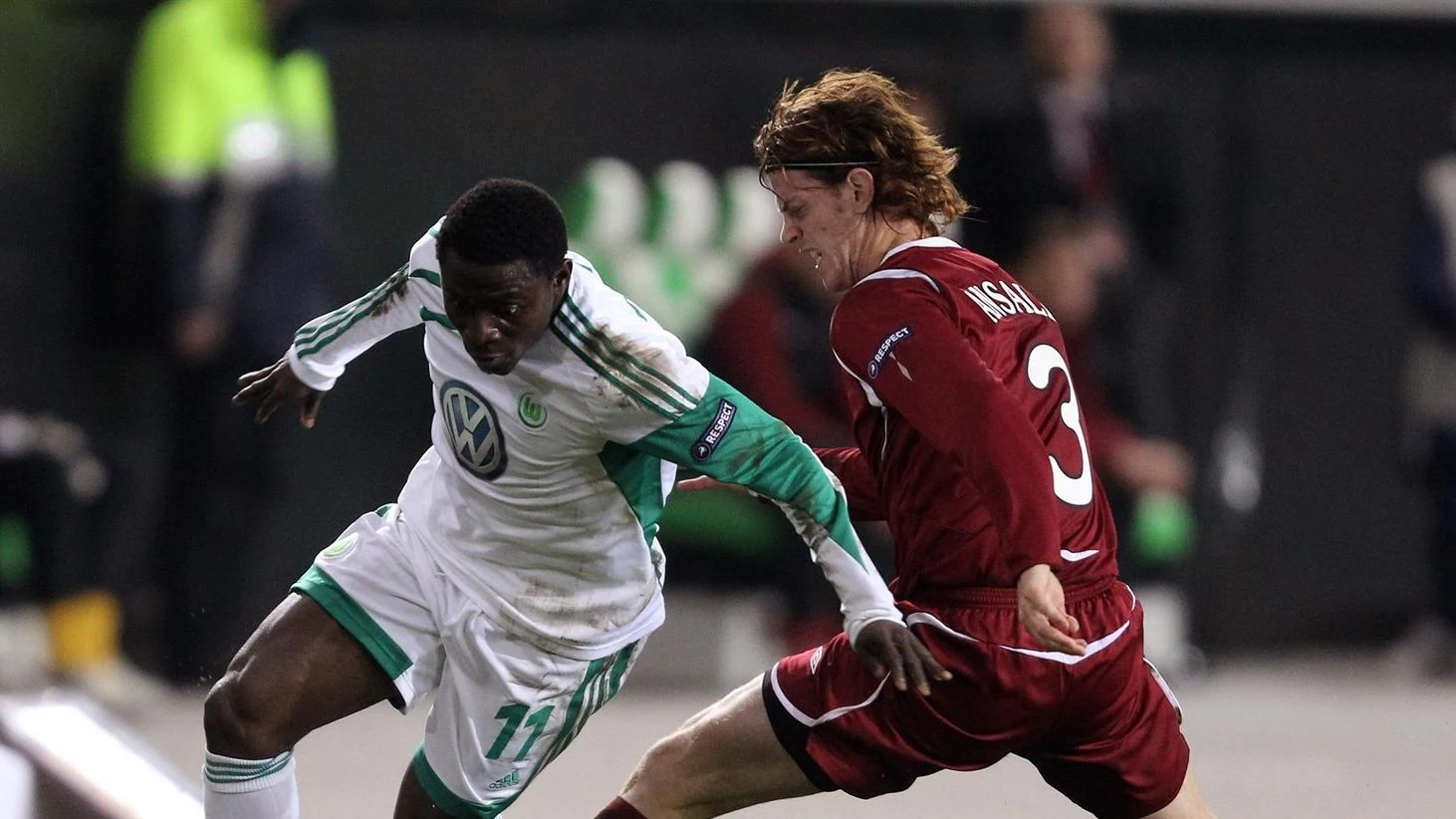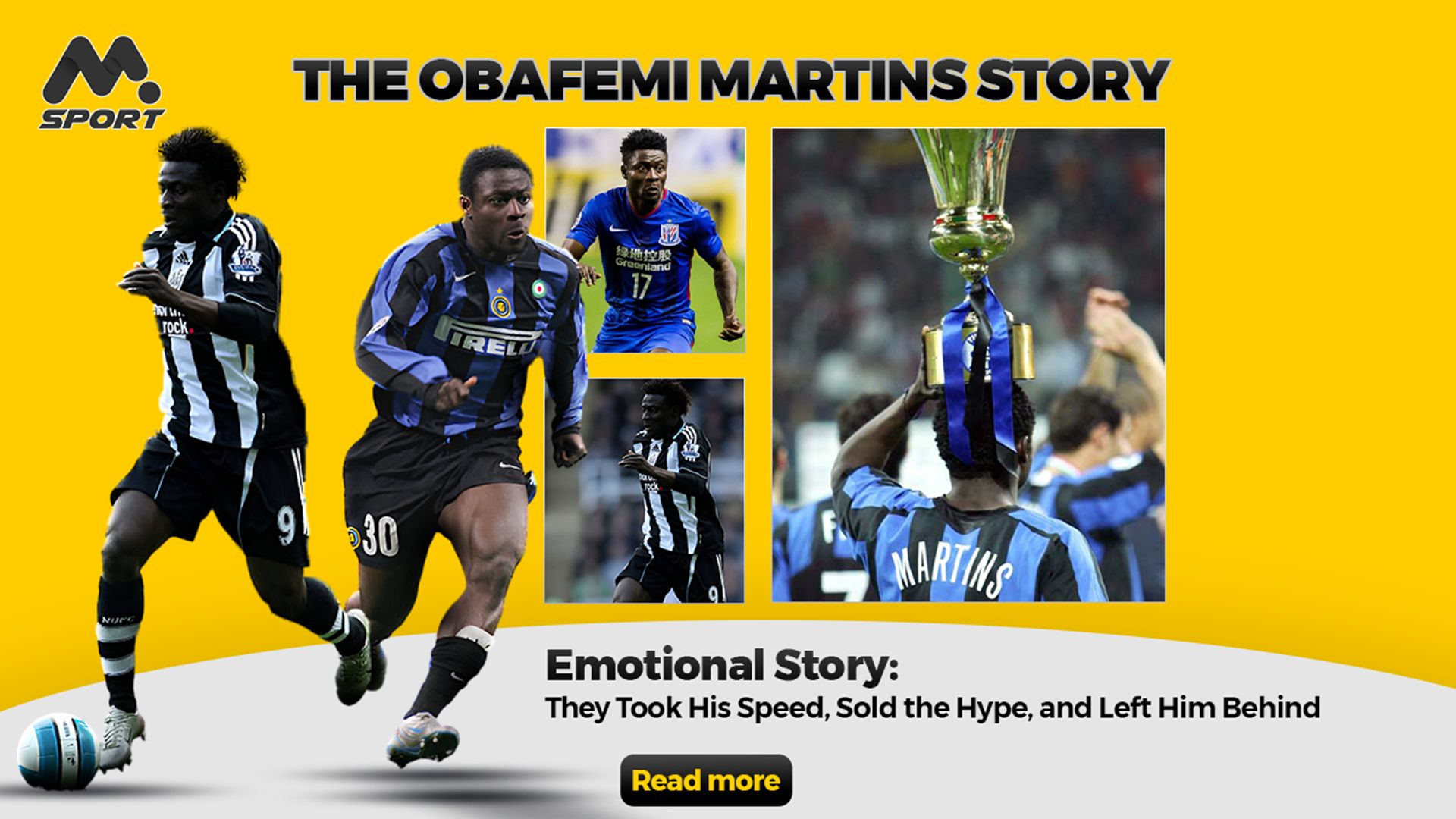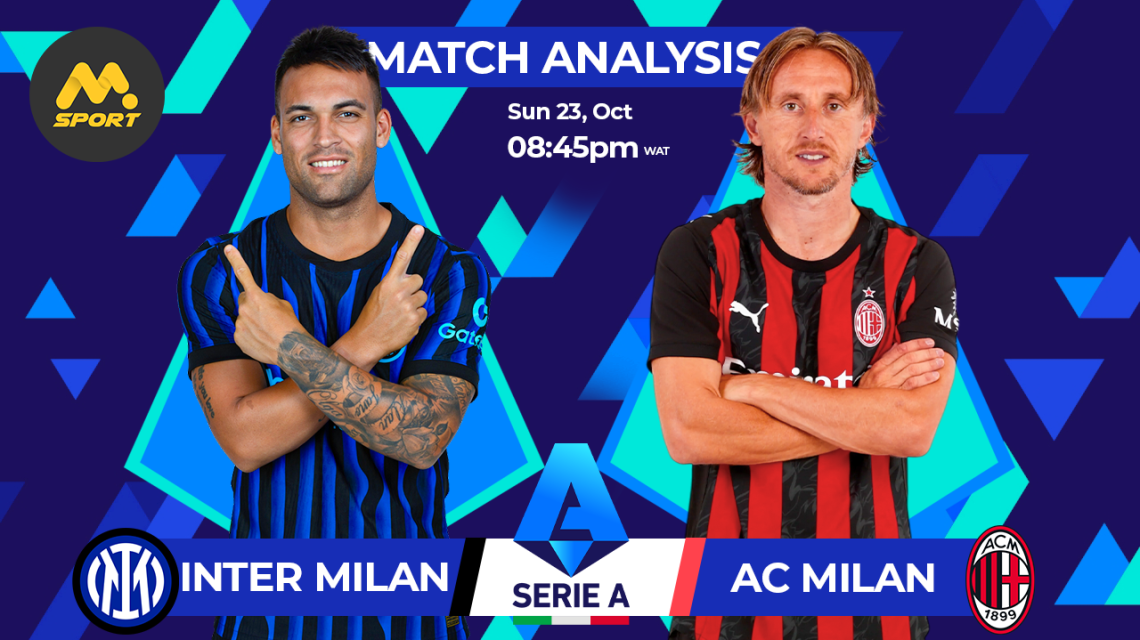Obafemi Martins would sprint past defenders like they were standing still, score, and then launch into backflips that made kids across the world copy him in backyards and schoolyards. He was lightning in human form, and for a few glorious years, he looked like he was about to change the game. But instead of superstardom, Martins disappeared, faded out quietly while the sport that once marketed his speed to sell shirts and games turned its back on him.
This is not just a story about football. This is a story about being used, doubted, and eventually left behind.
The Blur Nobody Could Catch
At his peak, Martins wasn’t just fast; he was terrifying. Kyle Walker? Mbappe? Bale? Ronaldo? Put them all on the track. Martins was still in that conversation. In Pro Evolution Soccer, he had maxed out speed and acceleration. He was the cheat code. Anyone who played football games in the 2000s remembers.
And it wasn’t just games. It was real. When he got the ball in stride, defenders looked like fools. His speed wasn’t a stat. It was a weapon.But speed alone doesn’t make a career. And in Oba’s case, it may have been all people ever really saw.
Newcastle United took him in, gave him the iconic No. 9 shirt, and asked him to replace Alan Shearer. Imagine that pressure. Then he tore his knee. The Age That Haunted Him:
By 16, Martins had gone from a street pitch in Nigeria to the youth team at Reggiana in Italy. A year later, he was signed by Inter Milan, before scoring a single goal in Italy. That's how special his raw tools were.
But soon, whispers began.
How old was he really?
Online forums. Reporters. Club officials. Even fans. The rumors swirled. The way he moved, the muscle tone, the maturity, some claimed he didn’t look like a teenager. Others said Nigeria’s flawed documentation systems made age fraud too easy.
The truth? Nobody can say for sure. But the damage was done. The doubt never left. And in a sport where perception is currency, that doubt would cost him.
The Wrong Time, The Wrong Place

Martins’ rise at Inter was explosive. By 19, he was scoring Champions League goals. Twenty-three goals in the youth league. Then more in Serie A. He had pace, yes, but also balance, a deadly shot, and an instinct for goals. He was short but strong, sharp but unpredictable. He wasn’t just fast. He was dangerous.
But Serie A in the 2000s wasn’t built for players like him. It was slow, tactical, and defensive. It wasn’t open like the Premier League. Martins' direct, counterattacking game didn’t fully shine there, especially when Adriano was the main man and then Ibrahimović arrived to claim the spotlight.
So he left. And maybe that’s where it all went wrong.The Search For a New Stage
Newcastle United took him in, gave him the iconic No. 9 shirt and asked him to replace Alan Shearer. Imagine that pressure. Then he tore his knee.
When he came back, he scored a rocket against Spurs, clocked at 135 km/h, one of the hardest shots ever. But his control at full speed was never quite the same. He was still quick, but something was missing. Newcastle, plagued with chaos, benched him for an aging Michael Owen, and by the end of it, they were relegated.
Martins wanted out. He didn’t want Championship football. He wanted a big club. But the age rumors wouldn’t go away. Clubs started seeing him as a risk. When Chelsea came calling, Newcastle blocked the move. That may have been his last shot at the top.The Drop-Off Nobody Saw Coming

Wolfsburg took him. He scored goals. But nobody cared. Then Russia. Birmingham. Levante. The hype was gone, replaced by skepticism. Even his own fans started chanting: “21 or 28, Obafemi Martins.”
He never shook the allegations. Whether they were true or not didn’t matter anymore. They followed him like a shadow.And that’s the part that hurts. Because by this point, he wasn’t a kid trying to make it. He was a proven professional scoring goals wherever he went. And yet, no elite club wanted to touch him.
The Player Who Never Got the Benefit of the Doubt
Once the hype machine couldn’t use him, it threw him away. The age rumors hurt. The injuries didn’t help. But if you look back, he scored goals at Inter, at Newcastle, in Germany, Russia, Spain, America, China—everywhere. And yet he never got a second chance at the very top.
Why?
Because football is not always fair. It's about narratives. About image. And about trust. Once that trust is broken, even by a rumor, you might never get it back.
The Legacy of Oba Martins
They used him. Then they left him.
But for those of us who remember, Obafemi Martins will always be the blur who couldn’t be caught. The sprinter with a football. The guy who, for a few seasons, felt like he could outrun gravity itself.
And maybe that’s enough.



_large.png)



